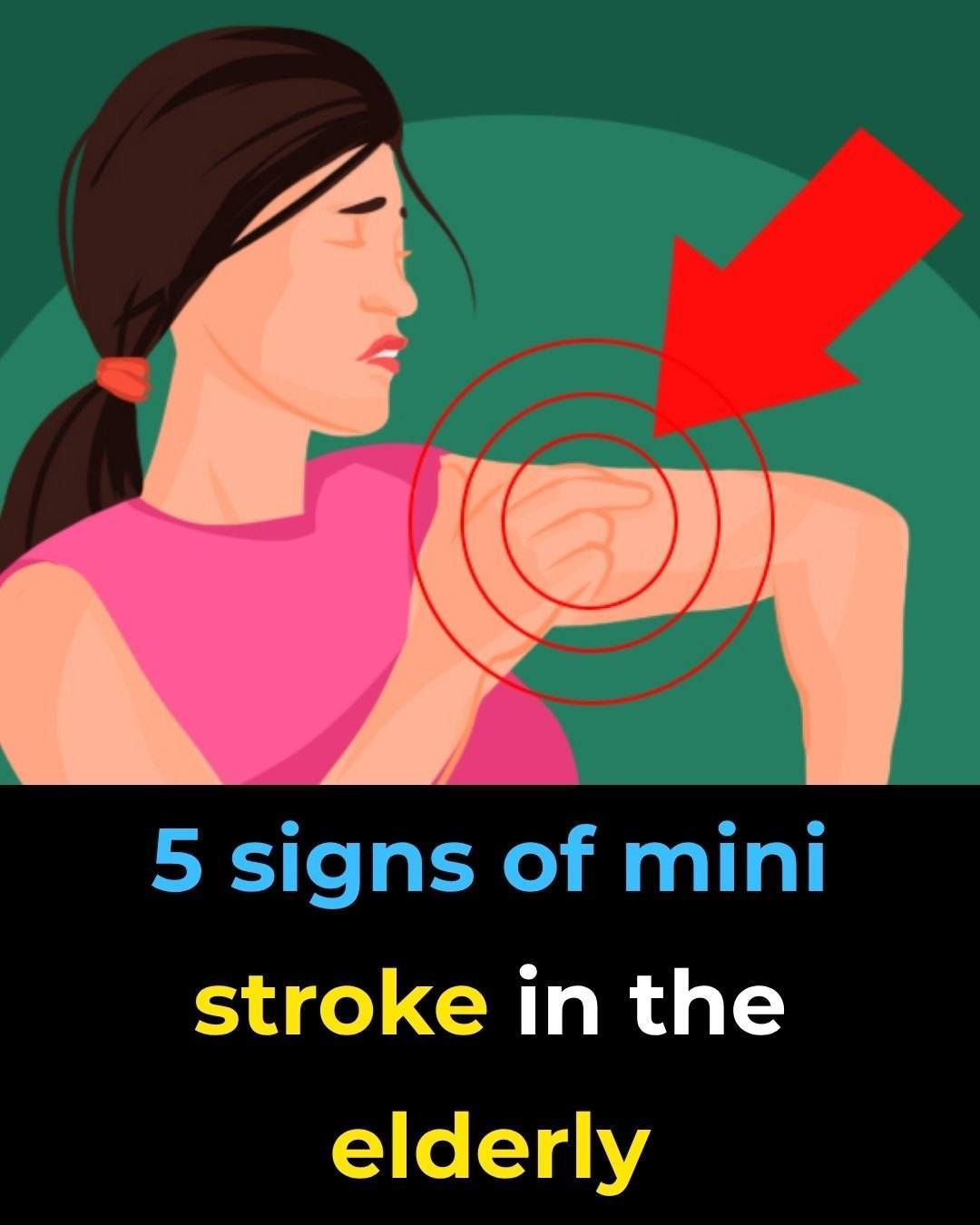Introduction
A “mini‑stroke”, medically known as a Transient Ischemic Attack (TIA), often presents subtly – especially in older adults. While the symptoms may resolve quickly, a mini‑stroke is a major warning flag for a full stroke. Recognising the early signs in the elderly can mean the difference between prevention and serious disability. According to the Mayo Clinic, a TIA features similar symptoms to a stroke, though they last less than 24 hours and tend to resolve. Mayo Clinic+2Senior Services of America+2
Given the high risk of stroke in older individuals, being aware of the subtle signs and acting quickly is critical. This article highlights five signs of a mini‑stroke in the elderly and explains why they matter deeply.
Why It’s Especially Important in Older Adults
The risk of stroke and TIAs rises with age. Seniors often have more risk‐factors—such as high blood pressure, diabetes, high cholesterol, heart disease, atrial fibrillation, and narrowed blood vessels. Aged Care Decisions+1
Moreover, older adults may under‑report symptoms or attribute them to aging (“oh, I just tripped because I’m old,” “my speech is slow because I’m tired”) rather than recognising them as neurological warning signs. Caregivers and family members play a key role in noticing changes.
Because TIAs may last only minutes, the window for recognition is small—but the opportunity for prevention is immense.
1. Sudden Weakness or Numbness (Typically One Side)
A common early sign is a sudden onset of weakness, numbness or loss of movement in the face, arm or leg, especially on one side of the body. This may appear less dramatic in a TIA than a full‐blown stroke, but it still warrants immediate attention. Mayo Clinic+2Moody Neurorehabilitation+2
What to look for:
-
One side of the face droops or appears uneven.
-
An arm cannot be raised fully, or drifts downward when lifted.
-
A leg feels weak or “sloppy” when walking or stepping.
Why it matters:
These signs reflect a transient interruption of blood flow to a part of the brain that controls muscle and motor function. Even though the episode might resolve, the underlying risk remains high for a subsequent major stroke.

